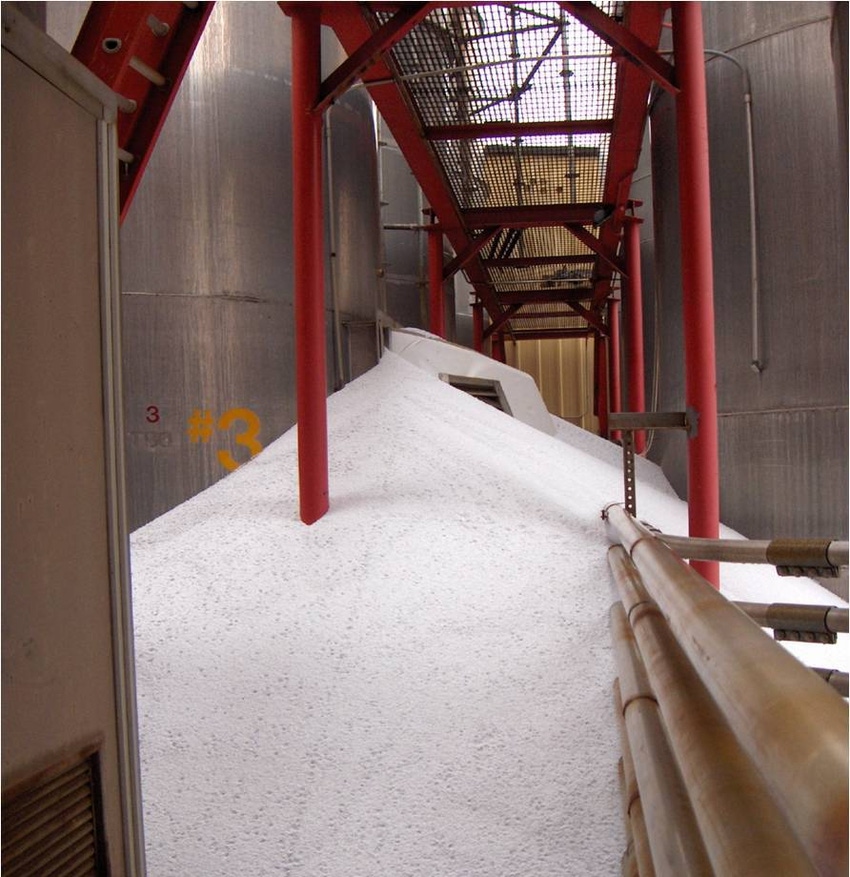June 13, 2013

Moisture content, temperature, particle size, and time of storage at rest can have a tremendous impact on your material's flow properties. How your material flows is a function of its cohesive properties. As such, conditions that affect the cohesive strength of a powder will have an impact on its handling capabilities.
Moisture Content
Typically, as your powder’s moisture content increases, so does its cohesive strength. Even though there may be only a slight increase in moisture, say from 1% to 1.5%, the flowability of your material can be significantly impacted. Hygroscopic materials can experience significant moisture increases simply by being exposed to humid air. Your material flow properties should be measured using a representative value for moisture content.
Temperature
Cohesiveness is also affected by your powder’s temperature.
Some materials are sensitive to increases in temperature (e.g. room temperature to 150ºF). Others are sensitive to constant temperature. These conditions can be simulated in the laboratory through flow properties tests.
Soybean meal, for example, when stored in a bin or hopper at 90ºF, is relatively easy to handle. At 110ºF and greater, soybean meal becomes extremely difficult to handle and capable of bridging over very large openings.
Particle Size
Typically, as your powder becomes finer, it also becomes more cohesive and subsequently more difficult to handle. Fine powders have more cohesive strength, higher wall friction properties, and are more prone to flooding or uncontrolled flow from bins.
Time of Storage at Rest
As your powder remains at rest in a bin or hopper, it can become more cohesive and difficult flowing.
At rest, the compaction loads due to head pressure can produce a strong cohesive bond. A chemical reaction, crystallization, or adhesive bonding can also cause this. Sometimes, after a cohesive arch is broken up, say by somehow initiating flow, the material can revert back to its original flow condition and not exhibit a similar cohesion if left at rest again. On the other hand, some materials will time and time again, bridge and rathole even after flow is re-initiated.
This is why it is absolutely necessary to measure the flow properties of your material to determine the affects of the environmental conditions discussed above.
Joseph Marinelli is a consulting engineer and president of Solids Handling Technologies. He has been providing testing and consulting services since 1972. As a former consultant with Jenike & Johanson Inc., he has years of experience testing powders and designing bins and feeders for reliable flow. He lectures frequently on the topic of powder handling and has published several papers including and article in a chemical encyclopedia and two in a food powder book.
For more information, contact Joe at:
Solids Handling Technologies Inc.
1631 Caille Ct
Fort Mill, SC 29708
[email protected]
803-802-5527
You May Also Like


